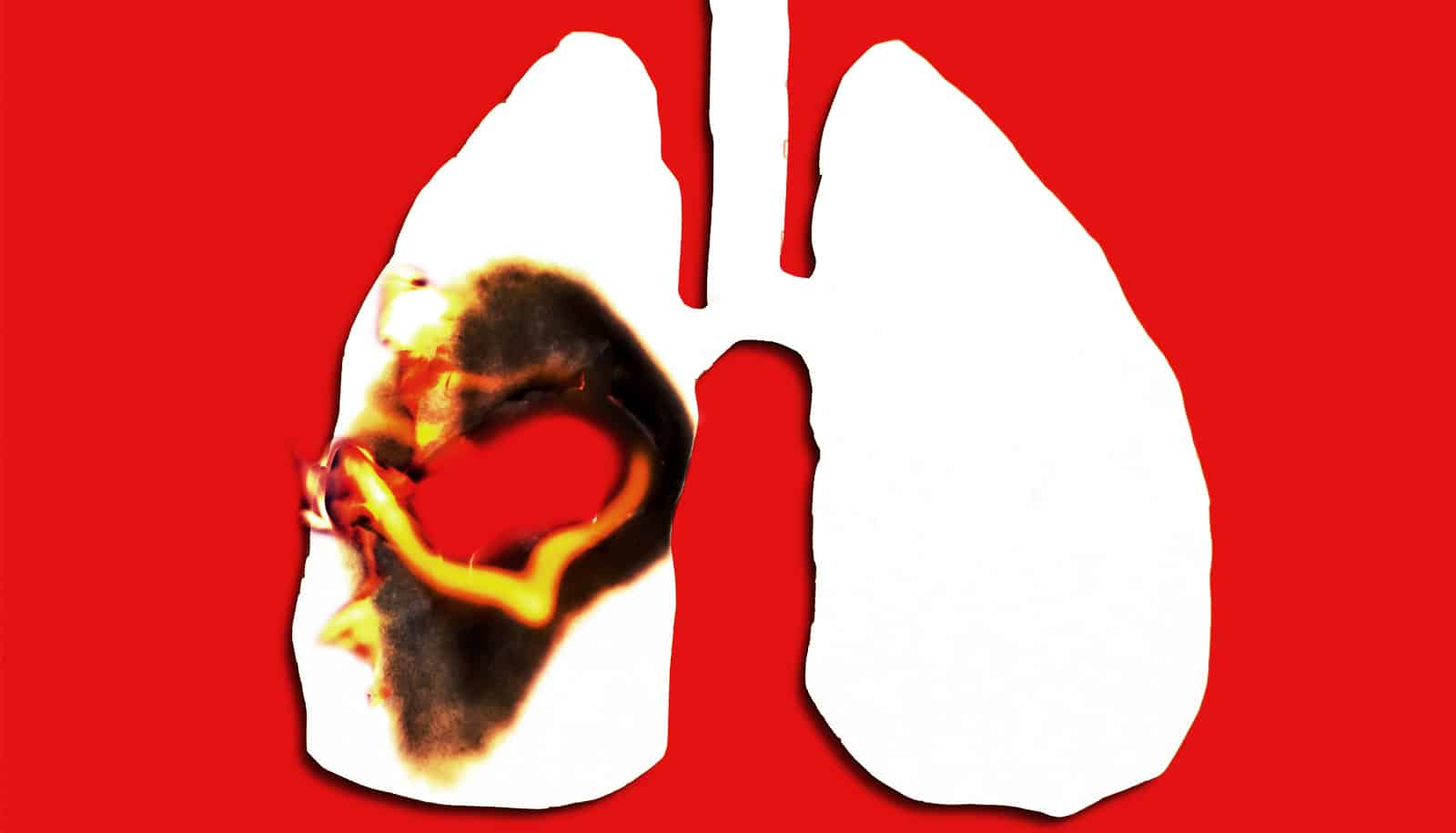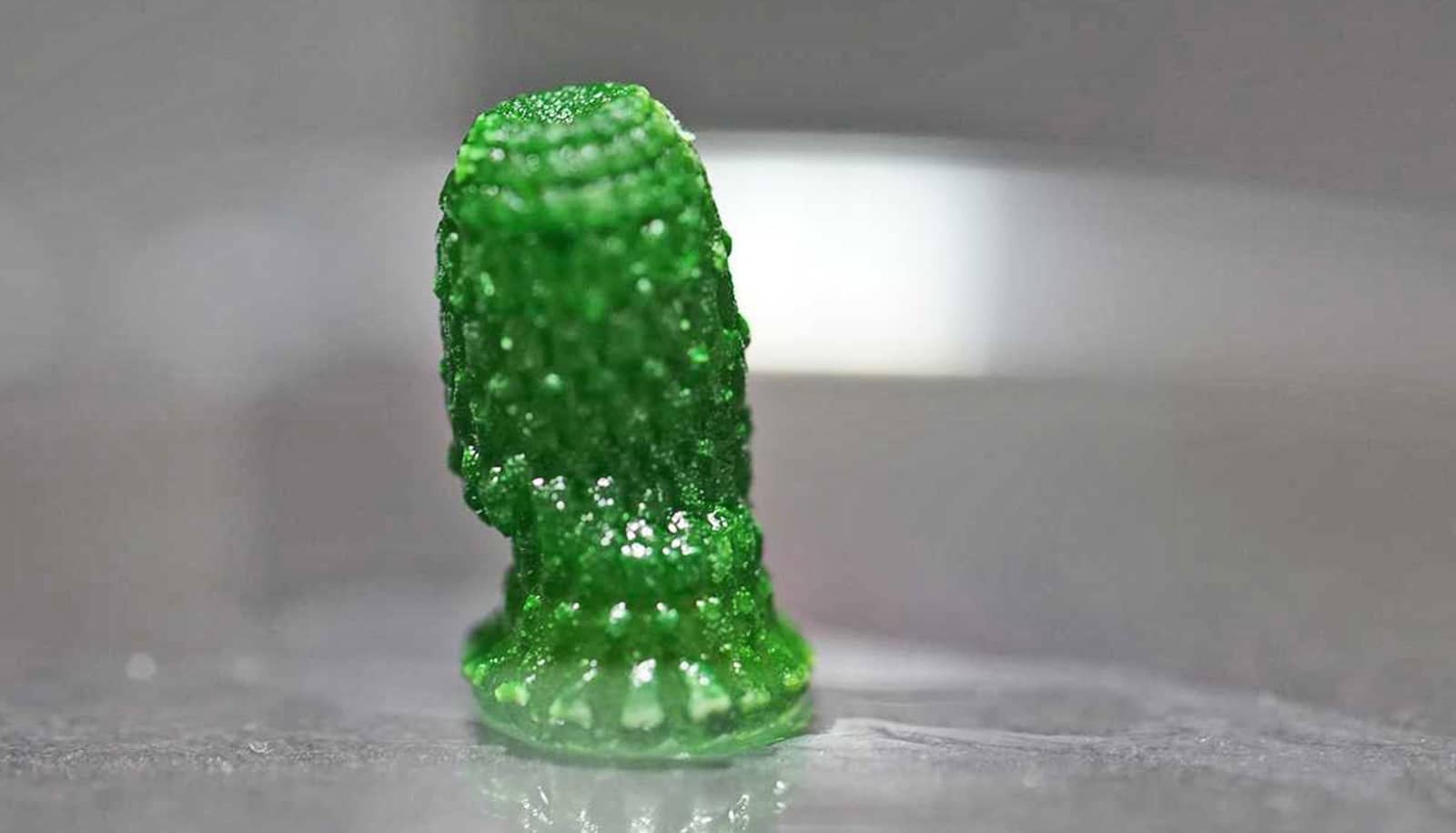Combinations of three antibiotics—each ineffective against superbugs on its own—can eradicate two particularly dangerous drug-resistant pathogens when taken together, research shows.
These “ESKAPE” pathogens are a group of antimicrobial-resistant bacteria that pose a grave threat, causing more than 2 million infections and nearly 23,000 deaths a year, according to the Centers for Disease Control and Prevention. The six super bacteria are also responsible for a substantial number of infections in hospitals.
The triple combination treatments provide a new weapon in the evolutionary arms race between modern medicine and harmful bacteria.
“These bacteria are extremely problematic and have become resistant to nearly all available antibiotics. We needed to think differently to attack this problem,” says Brian Tsuji, associate professor of pharmacy practice at the University at Buffalo School of Pharmacy and Pharmaceutical Sciences.
Non-traditional combinations of medication are frequently used to fight against superbug infections, however, questions remain over proper dosage and which combinations are most effective.
For a series of studies, researchers tested combinations of the antibiotics polymyxin B, meropenem and ampicillin-sulbactam against the pathogen Acinetobacter baumannii. The bacterium Klebsiella pneumoniae was treated with polymyxin B, meropenem, and rifampin.
“Each antibiotic was chosen to complement the other drugs’ mechanisms of bacterial killing,” says Justin Lenhard, first author of the paper in the Journal of Antimicrobial Chemotherapy. Lenhard, a former postdoctoral researcher in Tsuji’s lab, is now an assistant professor at California Northstate University College of Pharmacy.
Where do hospital ‘superbugs’ get their start?
“By combining antimicrobials that exert their bacterial killing in different ways, it is possible to outmaneuver the ESKAPE pathogens and completely overwhelm the bacteria’s defensive countermeasures,” he says.
The medications were applied to the bacterial samples individually, in pairs, and in triple combinations. Researchers measured both the time needed for the antibiotics to kill the bacteria and the time it took for the pathogens to repopulate.
For the tests on Acinetobacter baumannii, none of the antibiotics could kill the bacteria when used alone. Of the pairs of antibiotics, only the grouping of polymyxin B and meropenem was able to effectively kill the pathogen, but the bacteria gradually regrew over three days.
The triple combination achieved a similar kill rate to the pair of polymyxin B and meropenem, but the addition of ampicillin-sulbactam prevented regrowth of the pathogen. Within 96 hours, no viable bacteria cells were detected after exposure to all three antibiotics.
Zackery Bulman, a postdoctoral researcher in Tsuji’s lab, led the tests against Klebsiella pneumoniae. Individual antibiotics were unable to sustain the killing of bacteria over a 24-hour period. The most effective double combination was polymyxin B and rifampin, which killed bacteria for up to 30 hours before the population regrew to initial levels. That study appears in the journal Antimicrobial Agents and Chemotherapy.
The triple combination of polymyxin B, meropenem, and rifampin produced the highest kill rates and tripled the time it took for bacteria to regrow to 72 hours. Rifampin, the researchers suspect, temporarily suppresses the antibiotic resistance of Klebsiella pneumoniae, allowing the trio to destroy the bacteria.
Additional research is required to validate the treatments against other clinically relevant strains of bacteria, but the results of both studies are promising.
“These new antibiotic combinations may help to guide therapy in infections where no treatments appear to exist,” says Tsuji.
The National Institute of Allergy and Infectious Diseases of the National Institutes of Health supported the work. Other researchers from the University at Buffalo; Weill Cornell Medical College; Rutgers University; Catholic University of Daegu; the University of North Carolina; Monash University; Mahidol University; the University of Pittsburgh; the University of Florida; and the University of Michigan are coauthors of the studies.
Source: University at Buffalo



